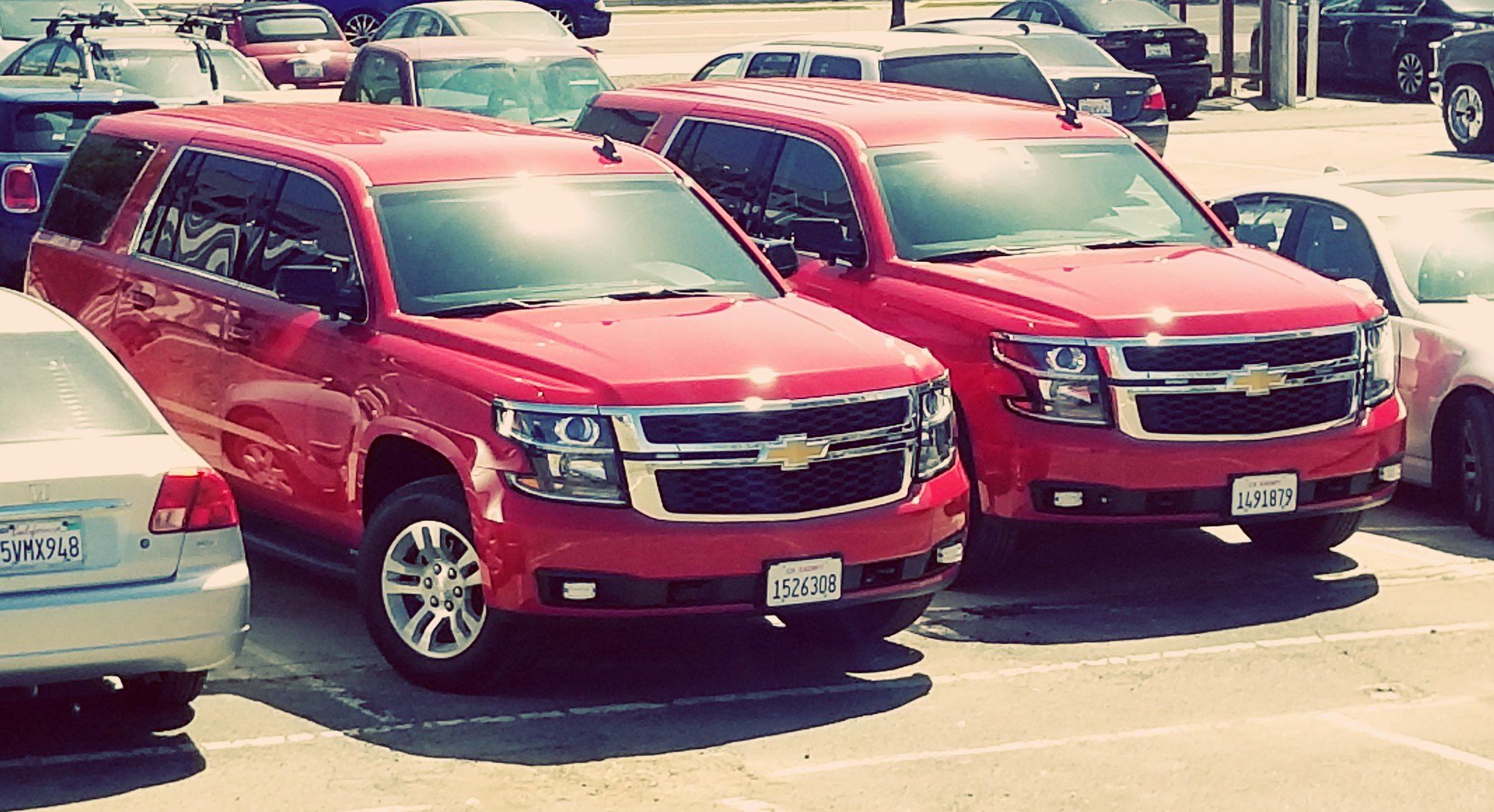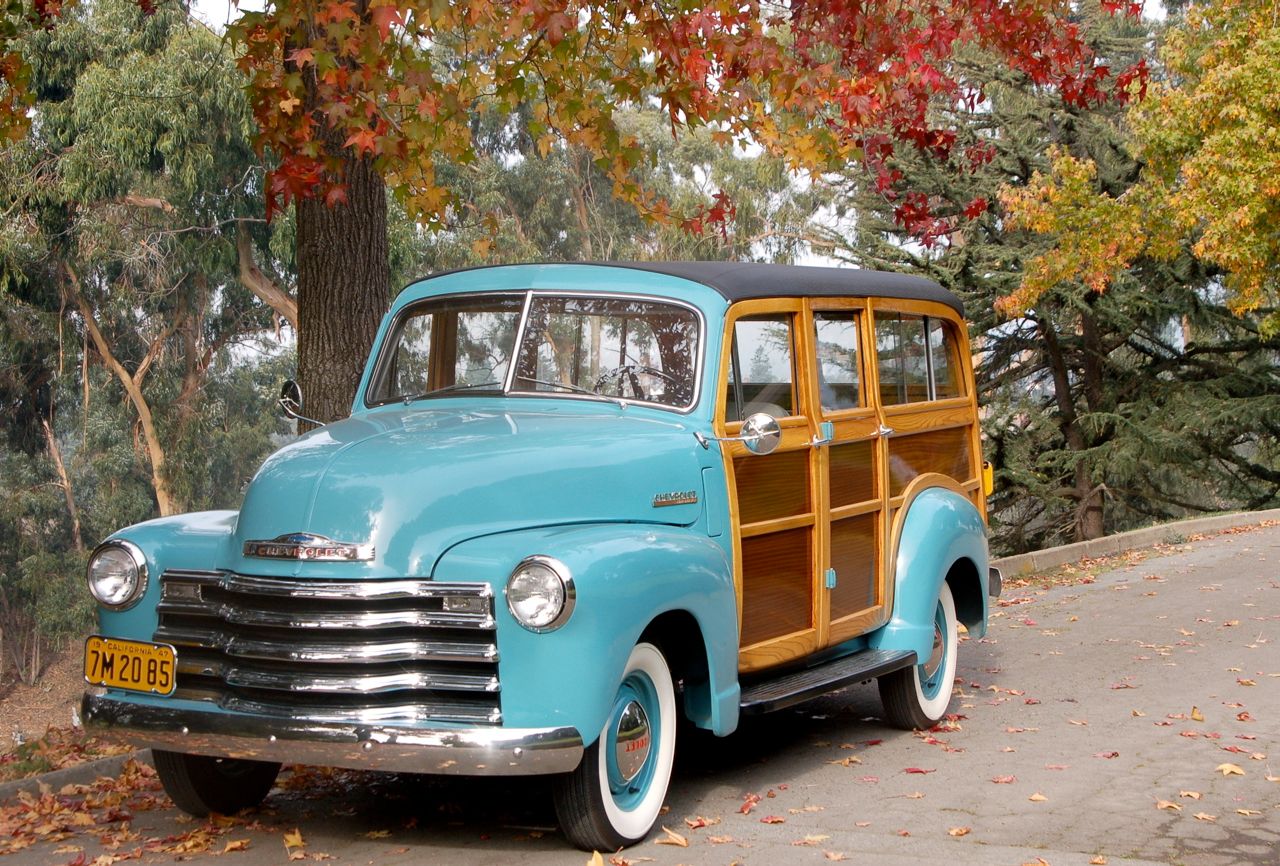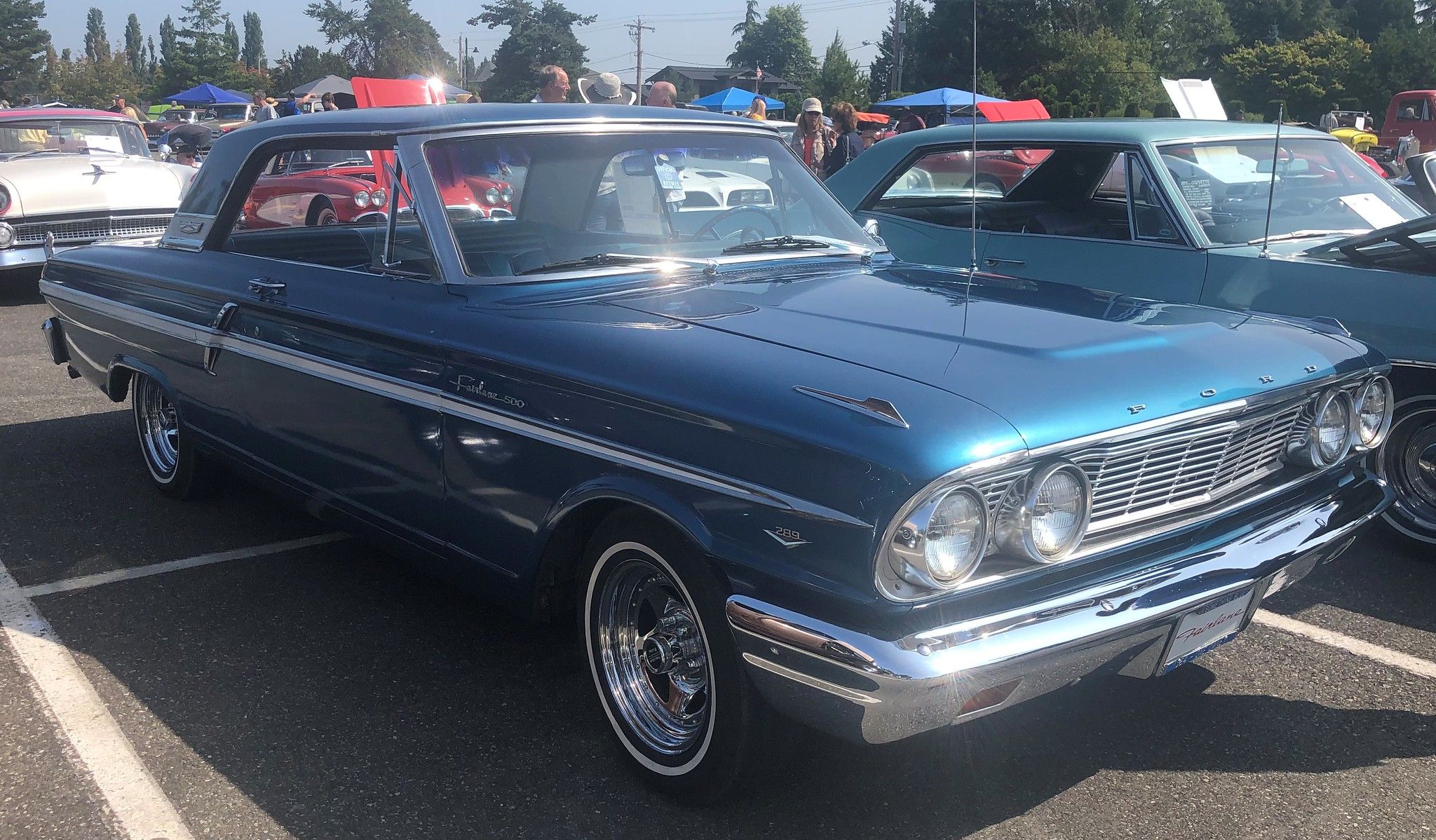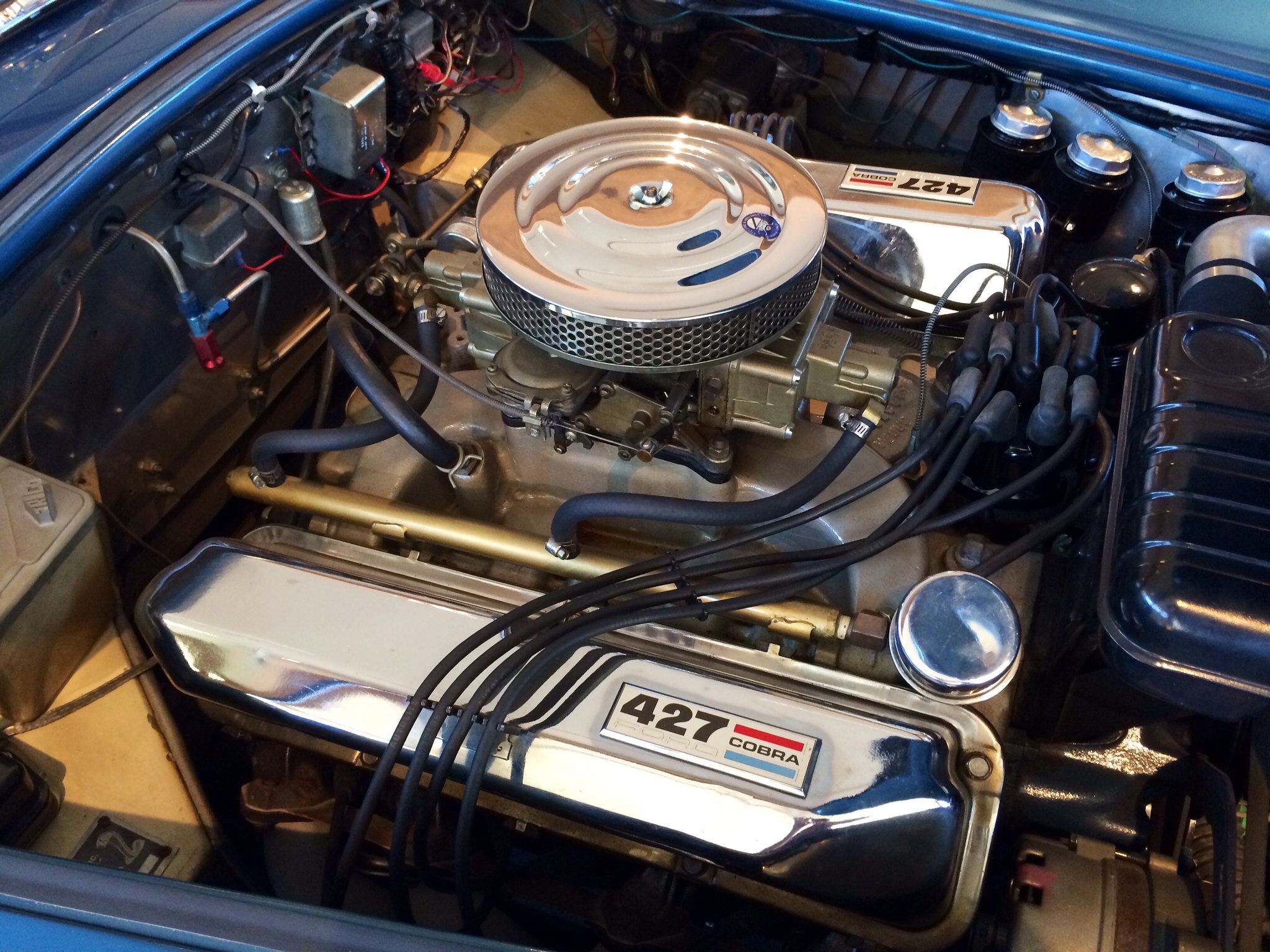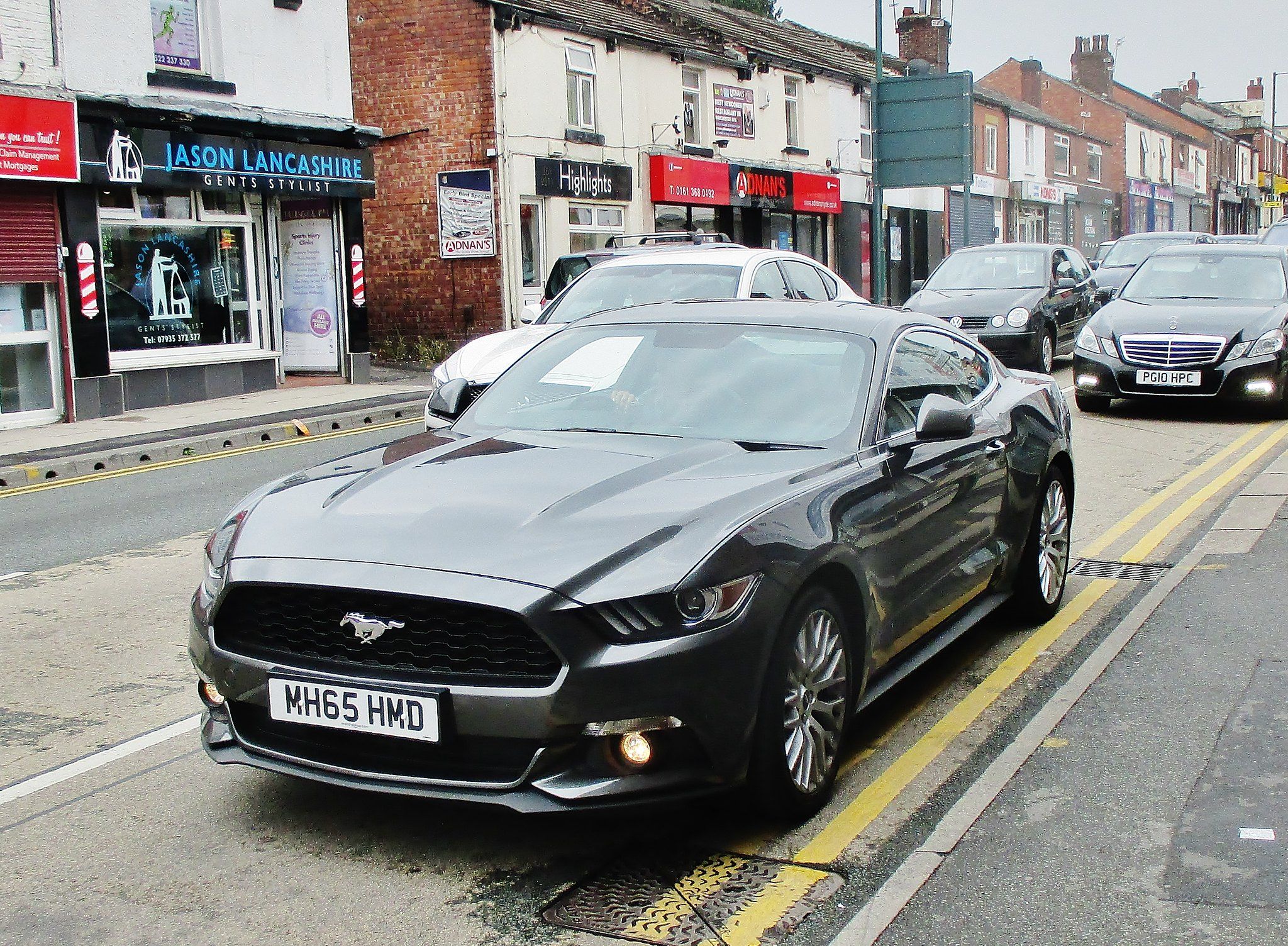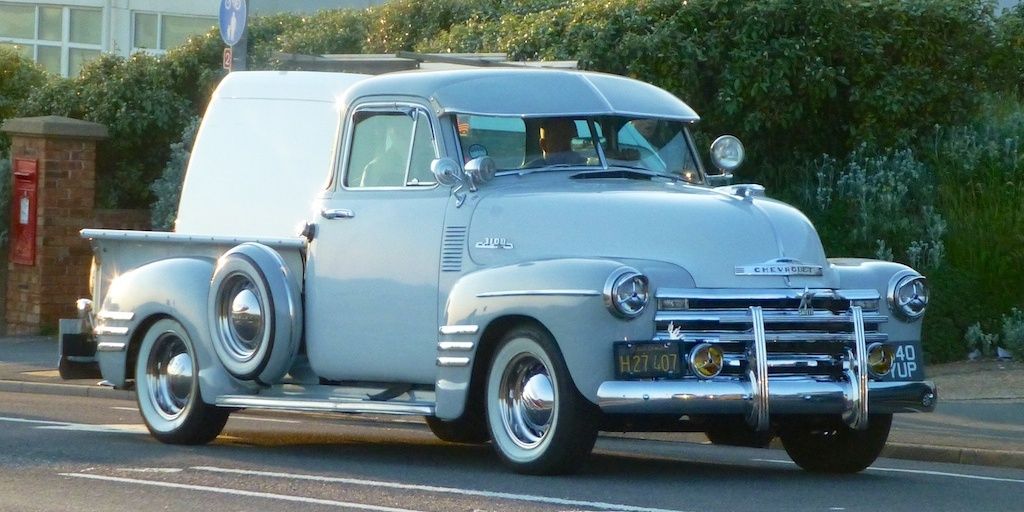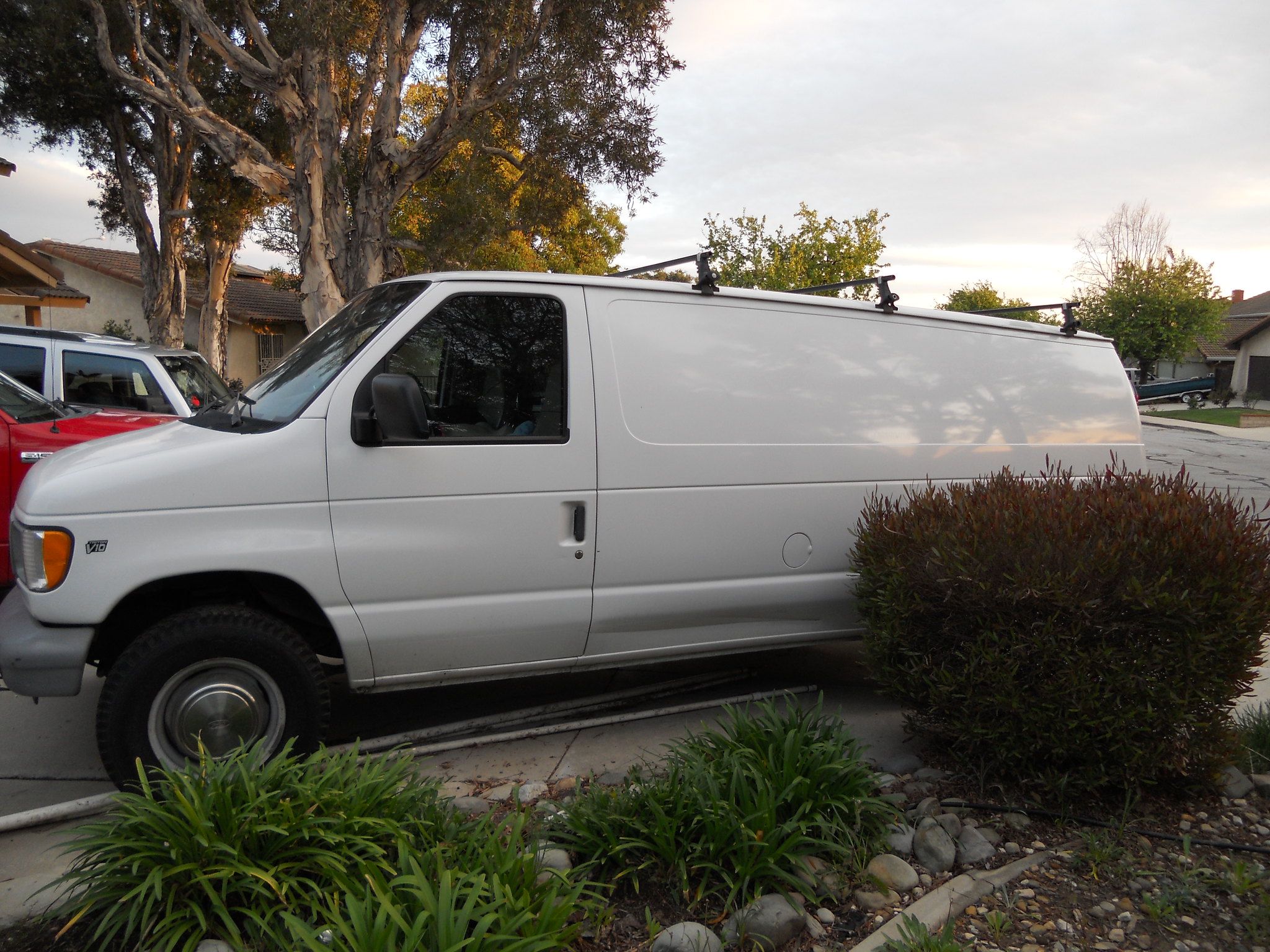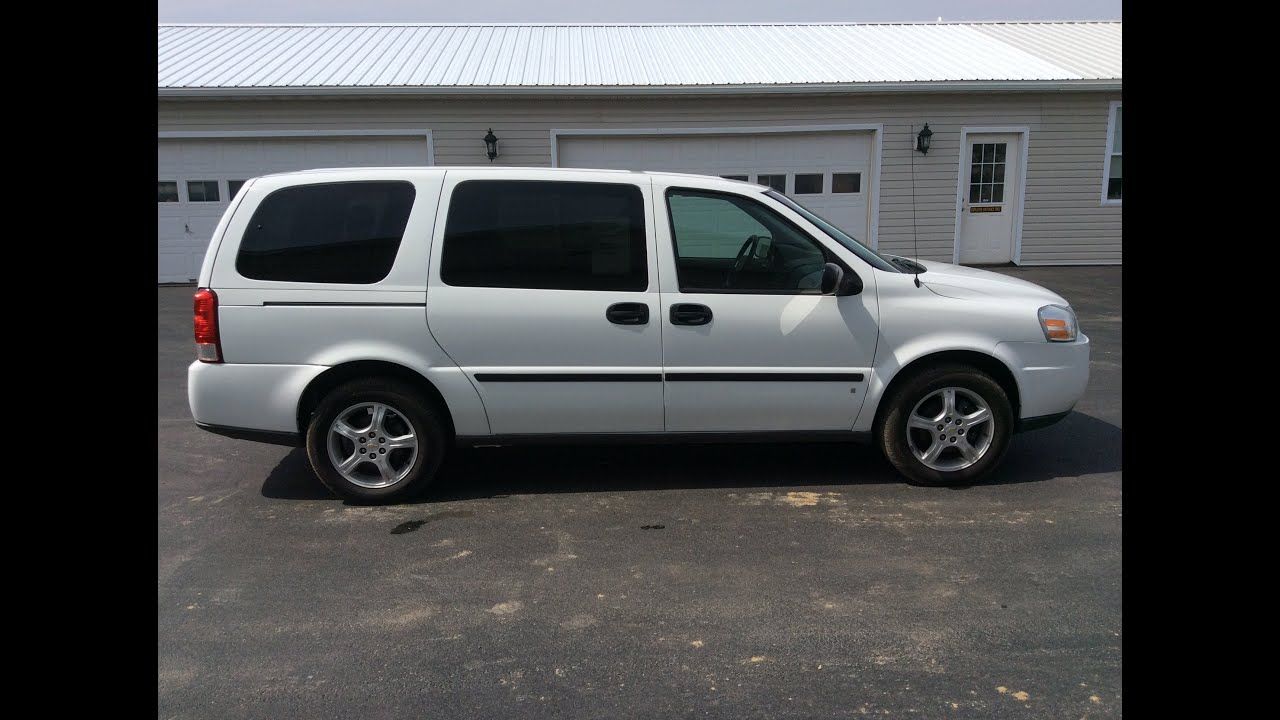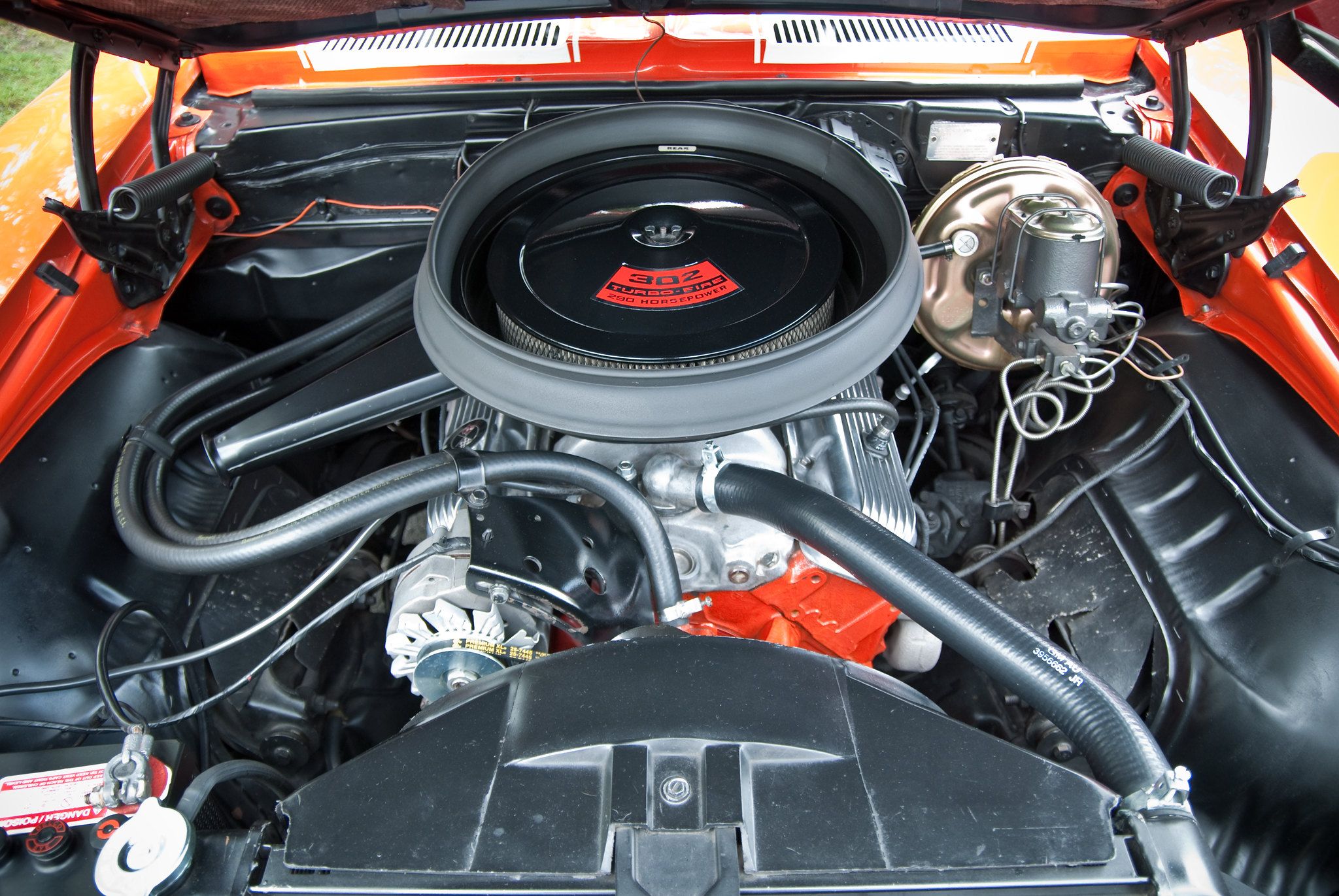Sales are the name of the game if a company wants to stay alive and continue to build cars. Sometimes a model comes out with features that are so noteworthy that the competition has to come out with a similar concept in order to compete with it. So below we have car models, van models, engine models, truck models, and styling knock-offs that were copied back and forth through the years between Ford and Chevy.
10 Trending
Being trend-conscious, the auto industry takes note of popular styling features of competitor models. There are even models like Chevy’s HHR and Plymouth’s Prowler that are pure style and are not very practical. Those companies watching a competing model line having superior sales, of course, will sometimes utilize features and styling cues from the model they would like to outsell and create their own version of the same car. Think about terms like, pony-car, muscle-car, SUV, station wagon, those terms have become synonymous with entire classes of vehicles, but they all started with 1 brand producing 1 model.
9 Being Number 1 Is More Important Than Being First
Let’s go back to around 1935 when Chevrolet invented the Suburban. Really, one can make the argument that the Suburban began the SUV vehicle class. Ford had its version of the Suburban, called both the Excursion (longer/heavier) or the Expedition (shorter/lighter) as it competed with Chevy in two different size classes, and which differed in length a bit between both. The Ford Excursion is no longer with us, and its model run ended about 2005. The Ford Expedition which is smaller than the Excursion is still popular and competes with Chevy daily. Chevy came out with a shorter version of the Suburban called the Tahoe so it could compete with Ford in both size and weight classes. However, at their core presence, they are very similar and one brand came up with the concept and the other copied it.
8 Bangin' Gears
Here is another comparison of how car manufacturers have a “me too” version of a popular concept. Let’s look at the American Muscle Car. What is it? Well, most people consider it as a mid-sized 2 door coupe’, convertible or fastback with a v-8 engine of 4.5 liters or larger displacement, which was usually an upgraded version of a lower-performing car. Both Ford and Chevy have certainly had their share of mid-sized American Muscle Cars.
Let’s start with revered namesakes such as the Ford Fairlane, a popular midsized car that was available with up to 600 horsepower on special order and was commonly available with v-8 engines between 260 and 428 cubic inches. All kinds of options such as convertible tops, air conditioning, different trim packages, standard and automatic transmissions, and even a crazy high r.p.m. overhead cam conversion of its 427 engine was available if the buyer wanted it for racing (only). Even stranger was that Ford produced several different 7-liter engines based on 3 different blocks, 427, 428 and 429. Later versions of the Fairlane were not only called the 500 but also the Torino.
7 The Name Game
Chevrolet had its version called the Chevelle, not to be confused with a car called the Chevy Ⅱ, which was also sometimes called the Malibu. Chevy’s Chevelle like the Fairlaine could be had with some really over the top powertrains up to a 7.4-liter engine called the LS-6 454 which was rated at 450 horsepower. Many people opted for what later became a convertible called the Malibu, but often referred by its owners as a Chevelle and it to had its options such as automatic transmissions and standard transmissions, power this or that and different trim levels. Ford dropped its Fairlane namesake but brought it back briefly as the 500, in the early to mid-2000s, and the name 500 was actually a tribute to a trim package for the earlier Fairlane. Just like Chevy calling a Chevelle a Malibu, Ford called the Fairlane a 500. The Malibu is still with us, or actually returned, then left us again, then returned. While Ford swept the Fairlane, Torino a.k.a. 500 into the dustbin of history, the Malibu still enjoys a certain following and has been known to be used with some potent powertrains robbed from other G.M. Models including the Corvette. Although never as popular as it was in the 1960s the new Malibu can be seen both in civilian trim and as police cruisers (sometimes).
6 Enter The Pony Car
Since we have diverged into muscle cars, let’s talk about Pony Cars! Ok, we can tell by the name, which car is obviously considered to be the first of the two major competitors between Chevy and Ford.
First, the Mustang has been with us since 1964. The thing sold as fast as Ford could build them. What started out as a re-bodied compact car based off of the Falcon became a sensation over-night! Ford built some really memorable variants including those used for racing as well as cruising the boulevard. Throughout the last 50+ years, all kinds of engines have been available in them from anemic 4 cylinders to l6engines to high-performance v-8s to really exotic turbo-charged 4s to twin-turbo v6s. If Ford thought there was a buck in it, they either built it or outsourced it to be built.
Chevrolet, waited a few years to see if this Pony Car thing was a fad, or was it a significant market segment. Finally, along with its brother the Pontiac Firebird, Chevrolet debuted the Camaro in 1967. Like its Ford competition, it too was available in all kinds of iterations. Options such as l6 engines, v8s up to 500 horsepower, v6 engines, even a recent 300 h.p. Turbo-4 cylinder engine has been tried in that car.
5 Pick 'Em Up
What self-respecting redneck hasn’t owned a pick-up truck at least once in his life? Neither firm owns the concept, which was invented by Gottlieb Daimler in 1886. Ok, so let’s look at the similarities between the two brands from year to year. Both Ford and Chevy have their long bed, short bed, flare-side, smooth side beds. Both brands have had innovations including suspension improvements, diesel engine options, different weight ratings, and towing capacities. When 1 brand had a compact truck, the other soon followed. When one brand had a 4-door the other brought 1 out. When 1 brand had a car-based truck, poof a few months later, so did the other.
4 ...And For 1973 _____ Introduces A New Shifter Nob
When it comes to vans, the car companies copy each other so much, you wonder if the parts interchange! First, they came with primitive straight axles and leaf-springs on both axles and were about as comfortable as a jail cell. Then Dodge significantly raised the bar with the 1971 Tradesman Series by making the van comfortable to drive. Within 2 years Ford and Chevrolet made the same suspension improvements to make the vehicles easier to drive. The only notable features that both Ford and Chevy had were sliding cargo doors which strangely disappeared from the newer versions of both, but reappeared on the Dodge which only used them sparsely through the years.
3 Soccer Mom Transport
The 1980s brought us the mini-van, Ford and Chevy had their variants and copied each other constantly. Multiple features were added to give women buyers a feeling of luxury and comfort. Items copied back and forth were video players, folding seats, rear climate controls, remote door opening, and dirt resistant interiors. Different engines were used including 4 cylinders, v-6 engines, and turbo 4 cylinders. All were offered with automatic transmissions.
2 Whatchamacallit?
The real difference between the brands has to do with the names of the vehicles. Trucks and Fullsize vans have had their names diminished over the years from recognizable marques to model numbers and words suggesting their utilitarian nature. Where 1 brand has a 100, the other has 1000. Then 150 became 1500 for its competitor. All the way up to 1-ton models being 350 and 3500 respectively. Finally as load capacity climbed up, Chevy copied Ford in offering civilian trucks above 1-ton payload in the early 1980s. Now they offer model numbers up to 450, 4500 for the (light?) truck market.
1 Knock-Offs
Blatant rip-offs between Ford and Chevy include: the '68 Mercury (Ford) Montego using the tail lamps of the '66 Chevy II, Ford Ranchero becoming the Chevy El Camino, Ford 427 engine becoming the Chevy 427 engine, DZ-302 Chevy Camaro Competition Engine becoming the Boss 302 Ford Mustang Competition Engine, Ford's modular aluminum v-8 becoming Chevy LS aluminum v-8. It's downright entertaining.
It's all marketing anyways! Chevy trashed talked Ford endlessly for using aluminum bodies in it's newer trucks, and surprise, the 2020 Chevys have it too!


